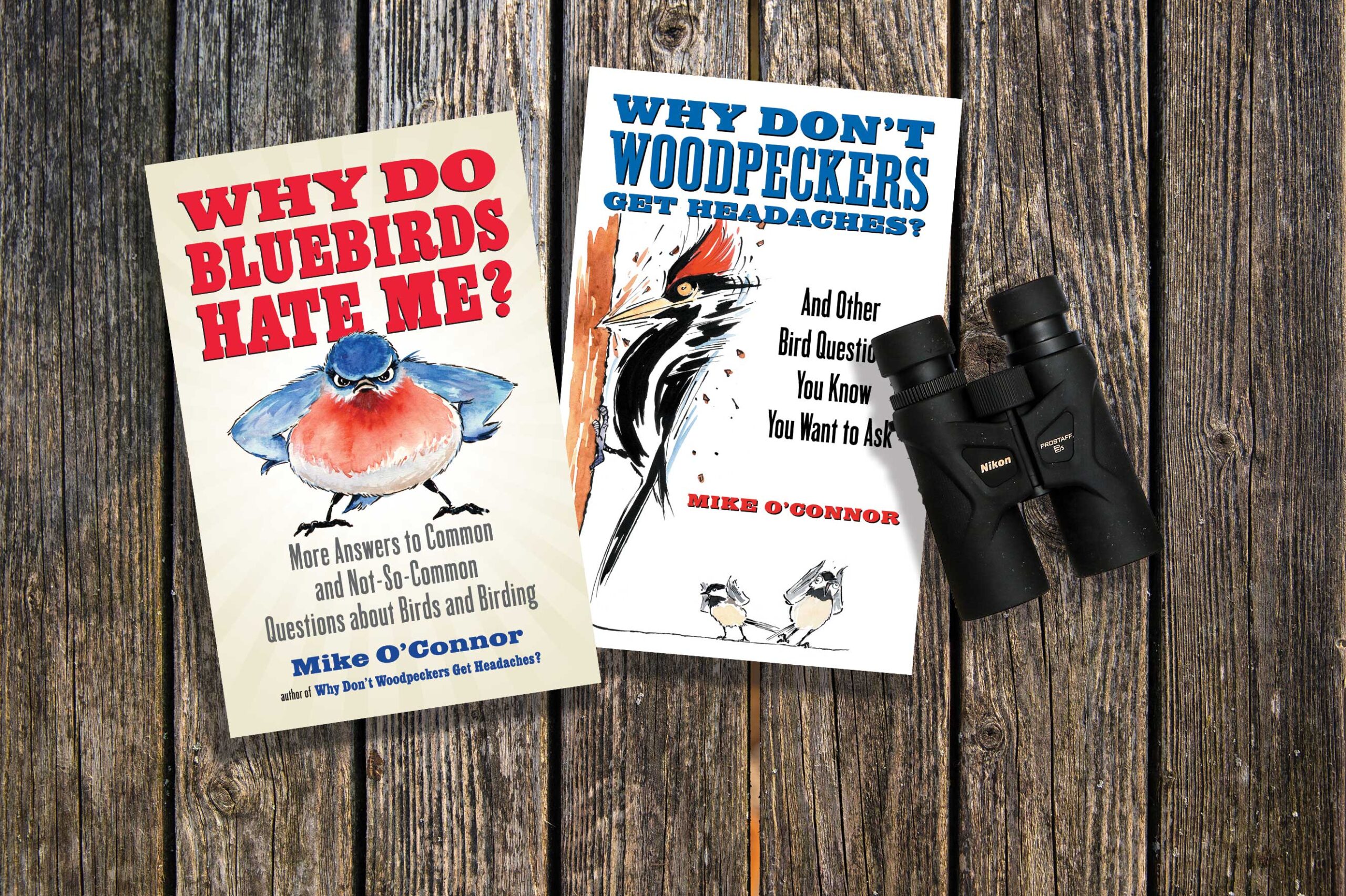by Mike O’Connor
photography by Marcy ford
Here’s a question: Which is the fourth largest state in the U.S.?
Don’t be afraid to guess. There’s no prize. Slightly smaller than California, but larger than New Mexico, our fourth largest state is Montana—also known as Big Sky Country. Folks who need a lot of room would likely love Montana, but folks who enjoy watching birds are better off on Cape Cod. Why is that, you ask? It’s because tiny Barnstable County has a longer life list than the entire state of Montana. What’s a life list? We’ll get into that later, but it basically means more species of birds have been seen on Cape Cod than in Big Sky Country.
It’s a funny thing about birding, very few people wake up one morning and think: Today, I’ll mow the lawn, make a dump run and then become a birdwatcher. It’s just one of those things that slowly happens like middle age. That’s how it was for me. I didn’t really start watching birds until right after college when I couldn’t find a job. Instead of earning a living, I spent my days walking the fire roads of the National Seashore. I was surprised by all the cool things I saw, so I kept doing it. It wasn’t until a few years later when I ran into a group of veteran birders that I realized there were others like me. I wasn’t the only bird freak in the world.
What’s nice about birding is that you can do it at your own level. You can be the best or the worst and no one else cares. That doesn’t work with too many other hobbies. If you totally stink at, say, tennis, no one else will want to play with you. And if you aren’t at least proficient at something like skydiving, it’s not going to end well. The other good thing about birding is that the equipment is minimal. You don’t need a plane, a parachute or a tennis court. A bird book and maybe a pair of binoculars are about all that’s really required (although having your own plane would be pretty cool).
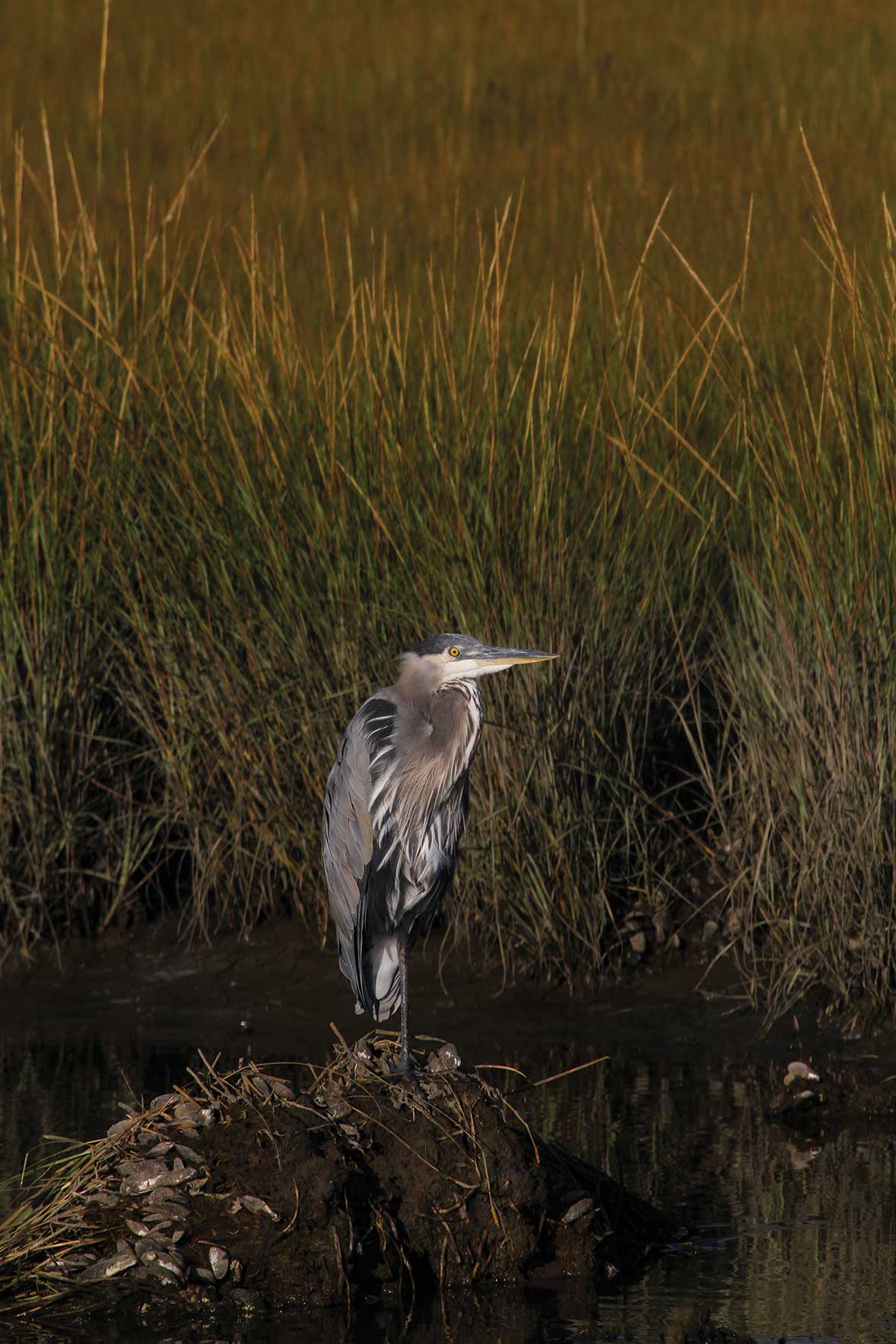

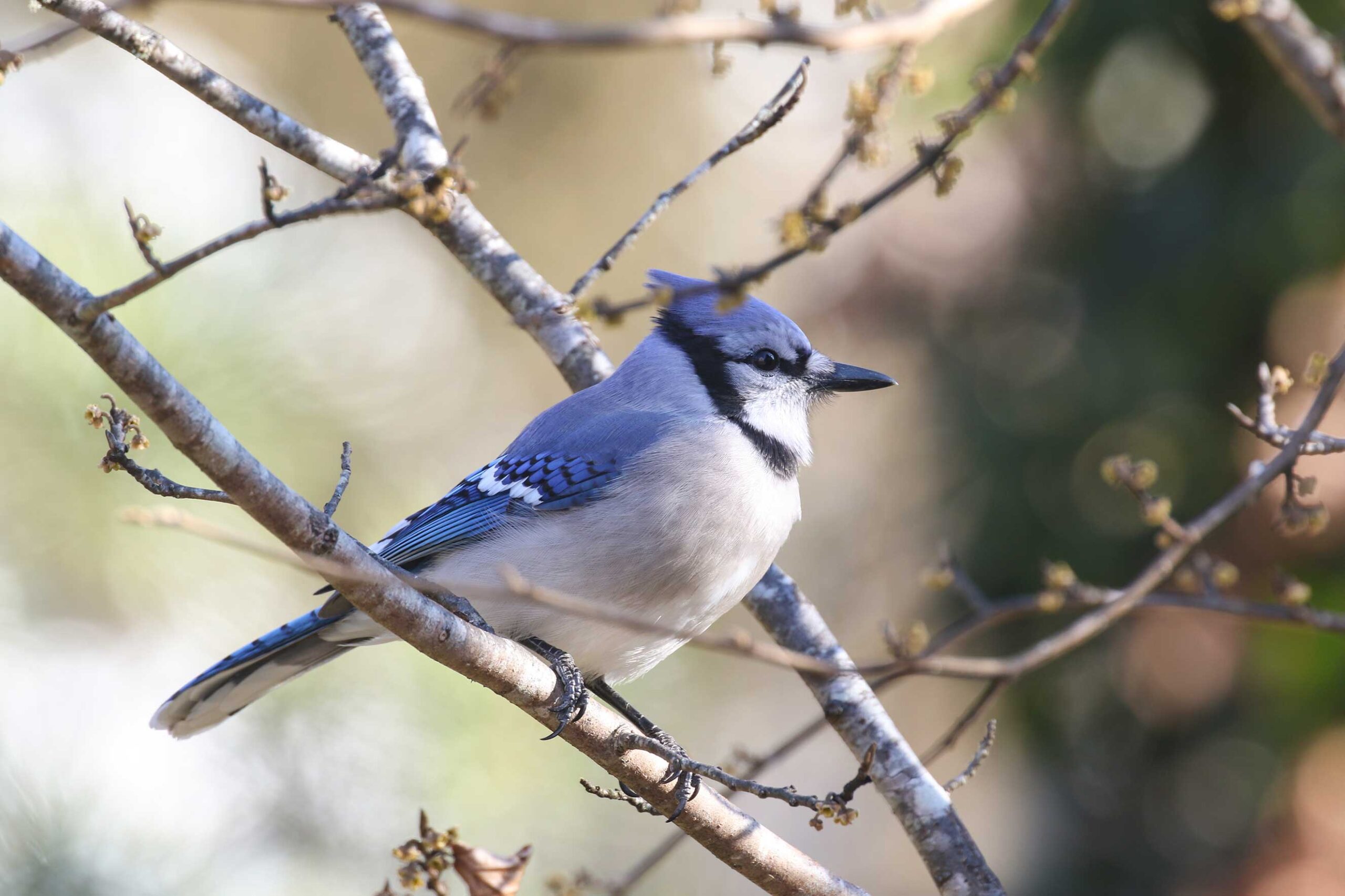
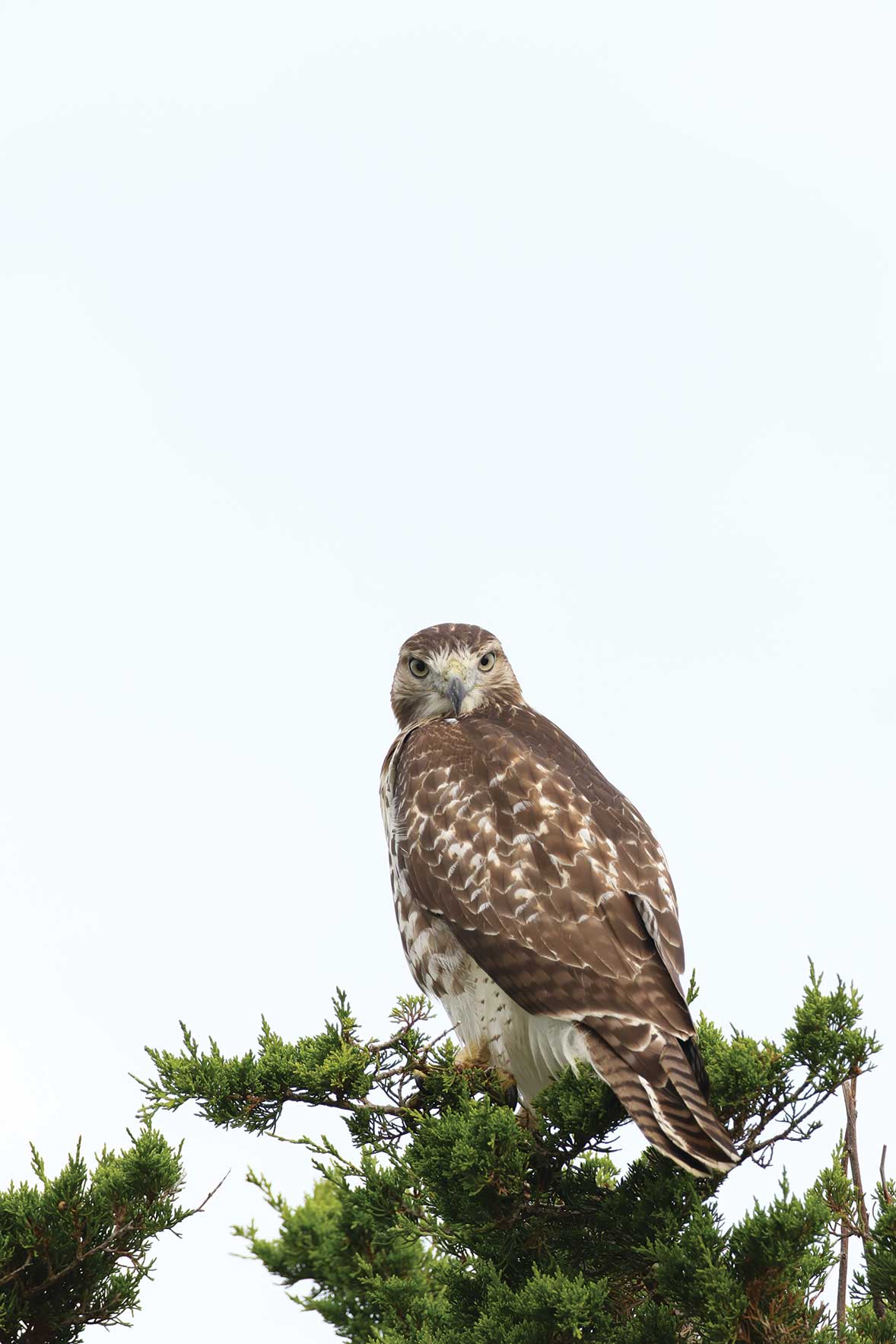
Begin Where You Are
Where are the best places to go birding? That’s easy. The best place for newbies is their own backyard. Really. You don’t have to go crazy with a million bird feeders either. One simple feeder filled with sunflower seeds is fine. The feeder will attract fairly common birds, and if you pay attention to them, you will soon learn the differences between red-breasted and white-breasted nuthatches or purple and house finches. A birdbath is another good idea. Remember, not all birds eat birdseed, but they all need to drink. A source of water, especially in the winter, will give you a chance to see flocks of bluebirds, waxwings, robins (yes, we have robins in the winter), and the occasional warbler. If you’re not a hardcore vegetarian, a suet feeder is another good option for attracting birds such as woodpeckers. They love suet.
In the summer, go for a hummingbird feeder. Hummingbird feeders are fairly cheap to buy and really cheap to fill. A simple sugar solution is all you need and you can make it yourself. While we are talking about doing something simple, let’s talk about the previously mentioned life list. A life list is merely a list of the birds you’ve seen in your life. (I told you it was simple.) As with anything else, some birders overdo it and get all wrapped up in annual lists, state lists, country lists, leap-year lists—and the list of lists goes on. That’s fine if that’s what they want to do, but who needs the paperwork? It might be more relaxing to keep a notebook or pad by the window and write down any new bird that you see in your yard. That’s all. Feel free to add things like the date and maybe the weather. It’s like having a diary, only you won’t have to keep it locked, or worry about what you write being embarrassing years from now.

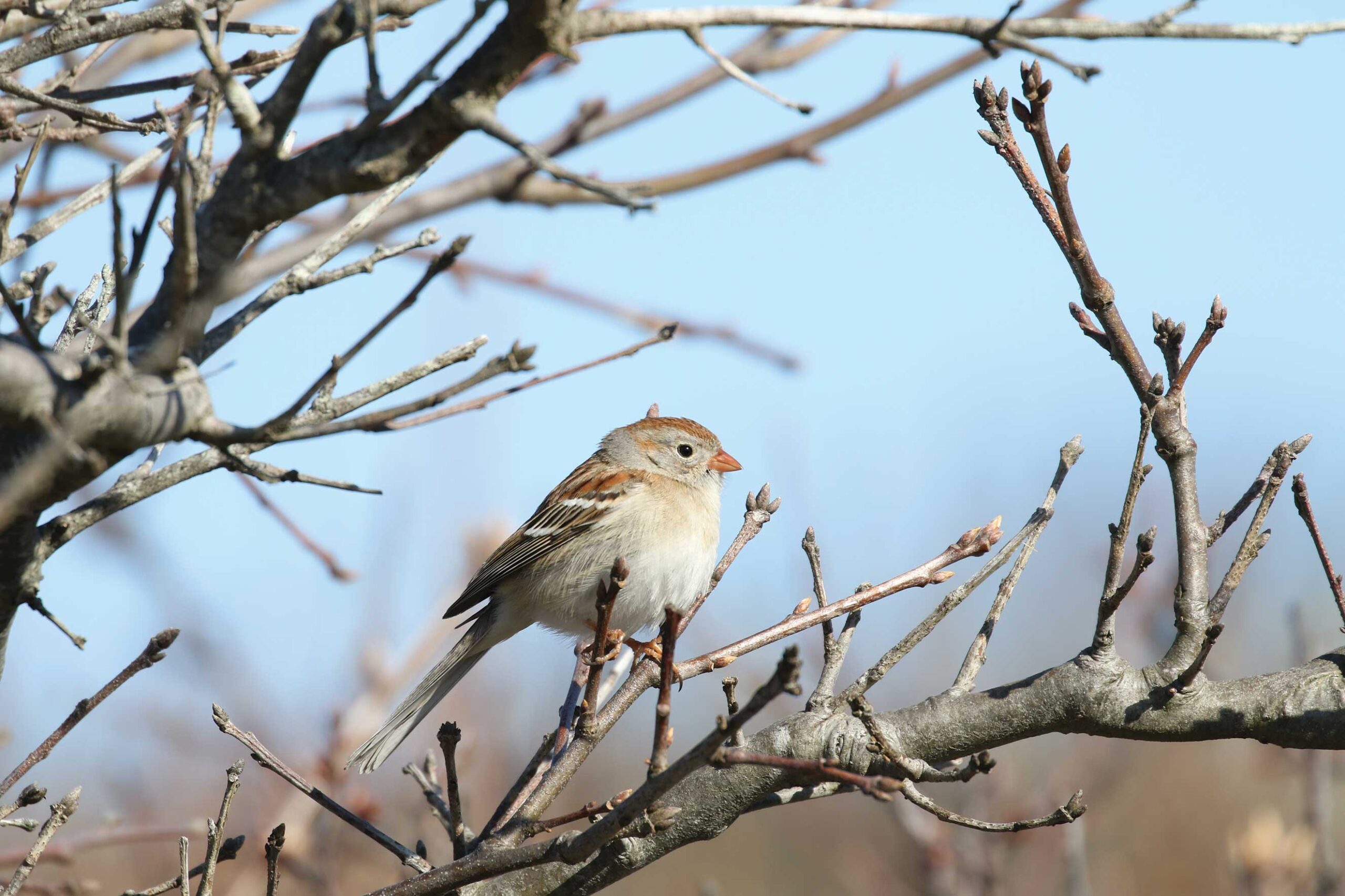
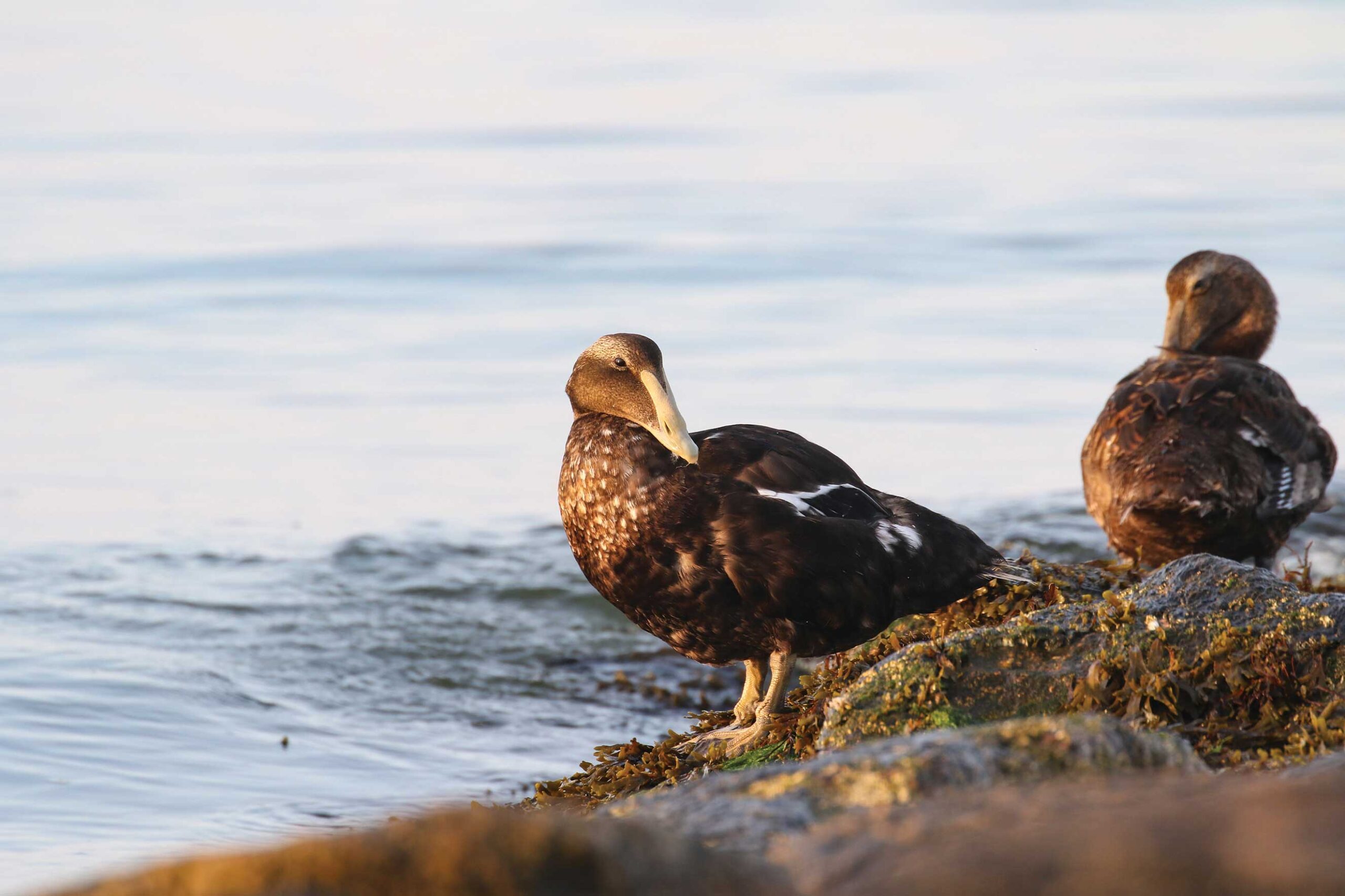
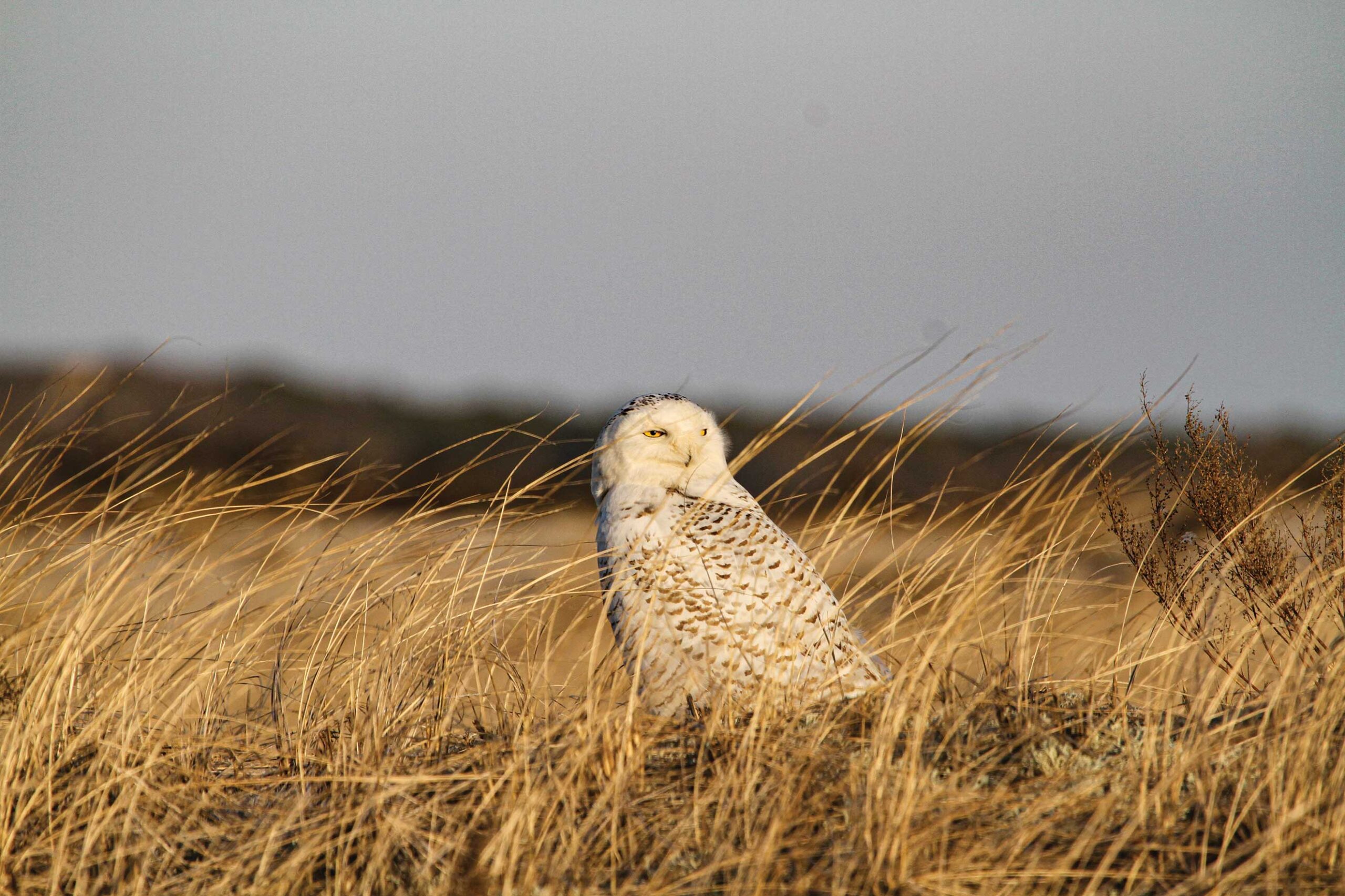
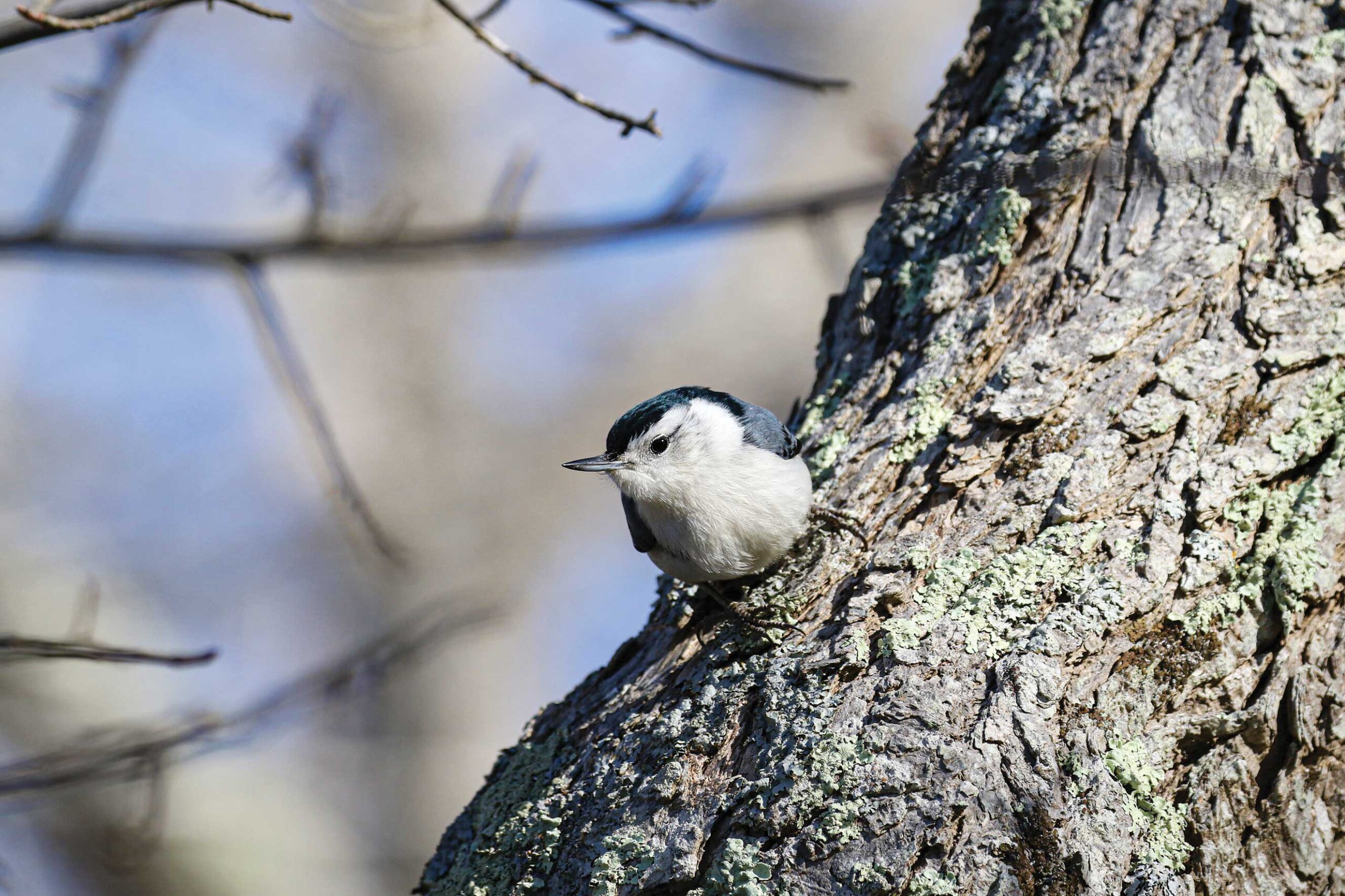
Beyond Your Backyard
When you are ready to venture out of your backyard, Cape Cod will not disappoint. Every town has its own conservation lands and many have well-marked trails. In addition, there are state parks, several wildlife refuges, Mass Audubon properties, and, of course, the National Seashore to be explored. If you want to learn birds on your own, like I did early on, grab your binoculars and hit the trails all by yourself.
Still, there’s something to be said for the social and educational benefits of birding with a group. The Cape Cod Bird Club has a monthly meeting and weekly bird walks, both of which are totally free and very informal. Mass Audubon also has year-round programs, as does the Cape Cod Museum of Natural History. (As I’m writing this, organized programs are still a little uncertain due to Covid-19, so check the appropriate websites for updates.)
Expert Recommendations
My all-time favorite birding location, without a doubt, is the Fort Hill area in Eastham (70 Fort Hill Road, Eastham). This location is beautiful anytime of year, and with only a limited number of acres and merely a mile or so of hiking trails, this special place still produces a greater variety of birds than the entire state of Hawaii (once again, really!).
For nearly a century, the Wellfleet Bay Wildlife Sanctuary (291 US-6, South Wellfleet) has been one of the most important ornithological places in the country. First, as a private research station and now as a Mass Audubon property that is open to the public. Sometimes, the frigid days of winter can make it a little tough to go on a bird walk. This is when it’s time to head up to Provincetown Harbor. From the parking area on MacMillan Wharf, birders can sit in their cars (with the heat on) and watch a fine assortment of sea ducks taking a break from the rough Atlantic.
Folks on the Upper Cape should put the Cape Cod Canal on their list of places to visit regularly. The bike trails on either side provide great views of loons and eiders, and once in a while, a ginormous ship.
What’s wonderful about Cape Cod is that there is no one birding season. The fall brings migrating ducks to area ponds and bays. The winter means the arrival of sea birds and the occasional snowy owl. Ospreys, terns, hummingbirds, and orioles return in the spring, and in the summer, fighting the traffic and the crowds, shorebirds by the thousands stop to refuel on our beaches before continuing south.
Whether it’s exploring a hidden trail, walking the beach or just staring at the feeders in your backyard, Cape Cod has a lot of different birds. How many?
There has been 432 different species recorded right here in our very own Barnstable County.
That’s a lot of birds to see, but if you’d rather see fewer than that, you’ll have to go to Montana.
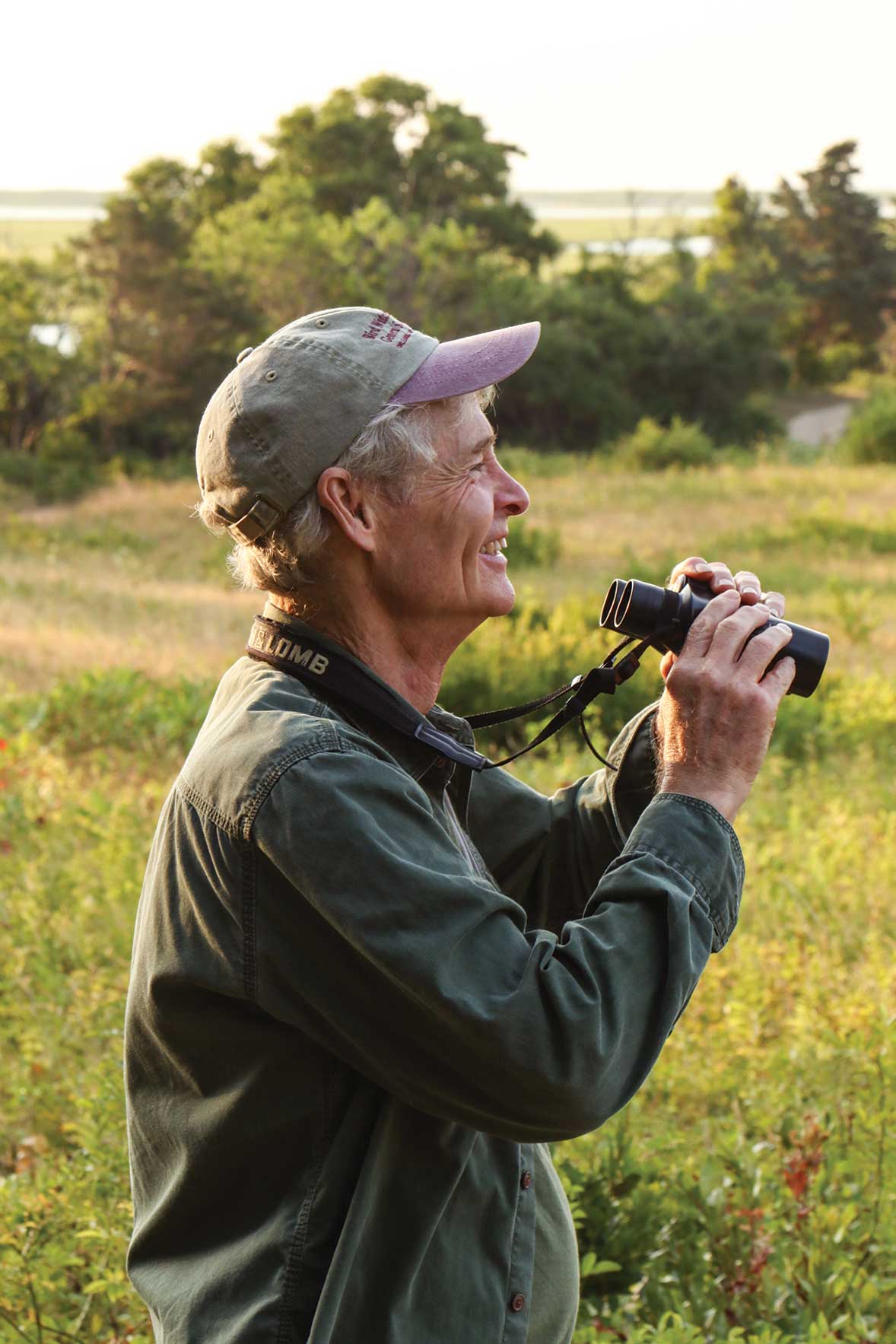
Mike O’Connor
Mike O’Connor is the owner of the Bird Watcher’s General Store in Orleans. He writes the column, “Ask the Bird Folks,” for The Cape Codder. He’s written two books about birding, Why Don’t Woodpeckers Get Headaches? And Other Bird Questions You Know You Want to Ask, and Why Do Bluebirds Hate Me? More Answers to Common and Not-So-Common Questions about Birds and Birding.
Bird Watcher’s General Store
36 Route 6A, Orleans, 508-255-6974
birdwatchersgeneralstore.com
